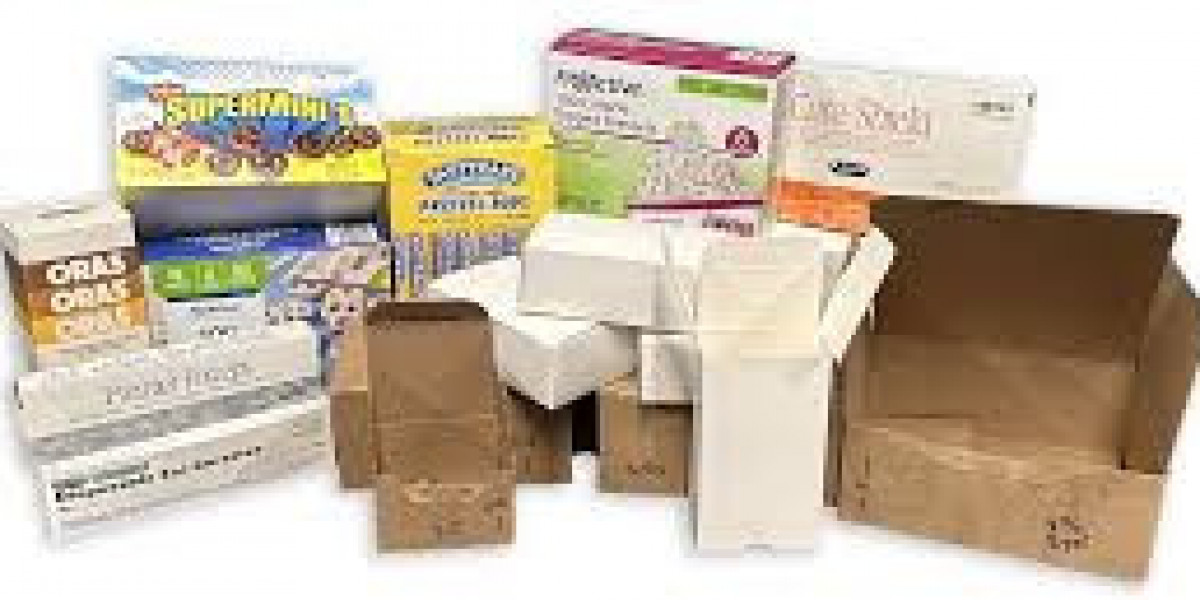In both residential and commercial construction, tiling is an essential aspect that contributes significantly to the aesthetic appeal and functionality of spaces. However, the process of tiling doesn’t end with just laying the tiles; grouting and waterproofing are two critical components that ensure the longevity, durability, and performance of the tiled surface.
Types of Grout for Tiles
There are several different types of grout available, and each has specific uses depending on the tile installation and the environment in which it will be used. The main types of grout are:
1. Cement-based Grout
Cement-based grout is the most common type of grout used for tile installations. It is made from a combination of cement, sand, and water. This grout is versatile and can be used for a wide range of tile applications, from floors to walls. There are two primary subtypes:
- Non-Sanded Grout: This type is used for narrow joints, typically less than 1/8-inch wide. It has a smooth consistency and works well for smaller gaps where sand might cause scratches on delicate tiles.
- Sanded Grout: This grout contains sand particles and is used for wider joints (over 1/8 inch). It is ideal for most flooring installations, providing a sturdy and durable fill.
2. Epoxy Grout
Epoxy grout is a more advanced option for tile grouting, consisting of a resin and hardener mixture. It is highly resistant to stains, chemicals, and moisture, making it ideal for high-traffic areas, kitchens, and bathrooms. While more expensive than cement-based grout, epoxy grout is incredibly durable and easy to clean. It is also impervious to mold and mildew, making it a top choice for areas prone to moisture exposure.
Grouting for Tiles: Best Practices
For optimal results, it’s important to follow the correct procedure for grouting tiles. Here are some essential best practices:
1. Preparing the Surface
Before applying grout, ensure that the tile surface is clean and free from debris. Any dust, dirt, or excess adhesive should be removed to allow the grout to bond properly. Proper surface preparation also includes checking that the tiles are properly spaced, ensuring uniform gaps between tiles for an even grout application.
2. Mixing the Grout
Whether using cement-based grout or epoxy grout, it’s essential to follow the manufacturer’s instructions on how to mix the grout properly. For cement-based grout, use a clean bucket and mix it with water until you achieve the desired consistency. For epoxy grout, mix the resin and hardener thoroughly before use.
3. Applying the Grout
Use a rubber float to spread the grout across the tiles, working it into the joints. Hold the float at a 45-degree angle to ensure that the grout fills the gaps evenly. Be sure to press the grout firmly into the joints to ensure a tight seal.
4. Cleaning Excess Grout
Once the grout is applied, wipe off the excess grout using a damp sponge. Avoid over-wetting the surface, as this can cause the grout to weaken or discolor. Clean the surface gently and allow the grout to set properly.
Commercial Waterproofing: Why It’s Essential
Commercial waterproofing is a critical part of maintaining the integrity of buildings, especially in areas exposed to high moisture levels or water infiltration. Waterproofing is designed to prevent water from entering a structure, protecting it from potential damage that could arise from leaks or moisture buildup.
Types of Commercial Waterproofing Systems
Commercial waterproofing systems can vary in complexity, depending on the needs of the building. The main types include:
1. Liquid Waterproofing Membranes
Liquid-applied waterproofing membranes are a popular choice for commercial buildings, as they form a seamless, flexible, and durable barrier against water. These membranes are applied in liquid form and cure to form a solid, impermeable layer. They are ideal for areas with intricate shapes or where other methods may be difficult to apply.
2. Sheet Membranes
Sheet membranes are pre-manufactured, flexible waterproofing materials that are applied to the building substrate to prevent water penetration. These systems are highly effective and are used for both vertical and horizontal applications. They are often used in below-ground areas, such as basements, to prevent water ingress.
3. Cementitious Waterproofing
Cementitious waterproofing is a straightforward and effective method, especially for commercial spaces that require a high level of protection against water. This method involves applying a cement-based coating that dries to form a waterproof layer. It’s ideal for areas such as bathrooms, kitchens, and even outdoor spaces.
4. Bentonite Clay Waterproofing
Bentonite clay is often used in waterproofing systems for foundations and basements. It is a natural, highly absorbent material that swells when it comes into contact with water, creating a waterproof seal. This method is particularly useful for areas with challenging soil conditions.
The Benefits of Grouting and Waterproofing for Commercial Spaces
- Preventing Water Damage: Both grouting and waterproofing protect the building from moisture infiltration. Waterproofing ensures that external water does not penetrate the structure, while proper grouting prevents water from seeping into tiled joints.
- Maintaining Structural Integrity: Moisture can weaken the structure of a building over time. Effective waterproofing and grouting prevent water damage that can lead to mold growth, rust, and material decay.
- Aesthetic and Hygienic Benefits: Properly grouted tiles improve the visual appeal of the space, while waterproofing prevents mold and mildew buildup, creating a healthier environment for occupants.
Conclusion
Grouting for tiles and commercial waterproofing are two integral aspects of maintaining the safety, durability, and aesthetic appeal of both residential and commercial buildings. Properly executed grouting ensures that tiled surfaces are stable and long-lasting, while effective waterproofing protects buildings from the harmful effects of water infiltration. Together, these processes help create a secure and attractive environment for both private and commercial properties, ensuring their resilience for many years to come.









